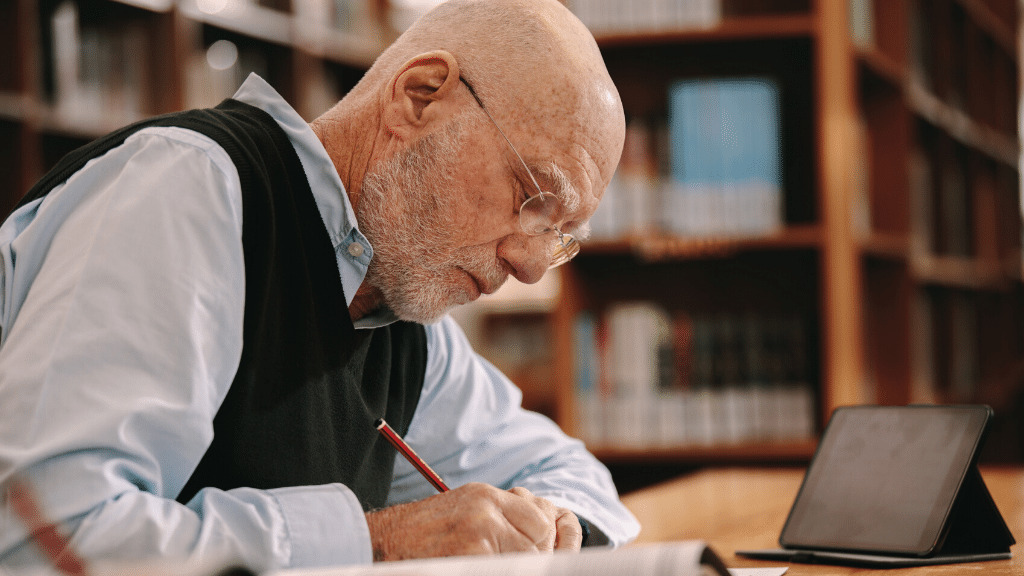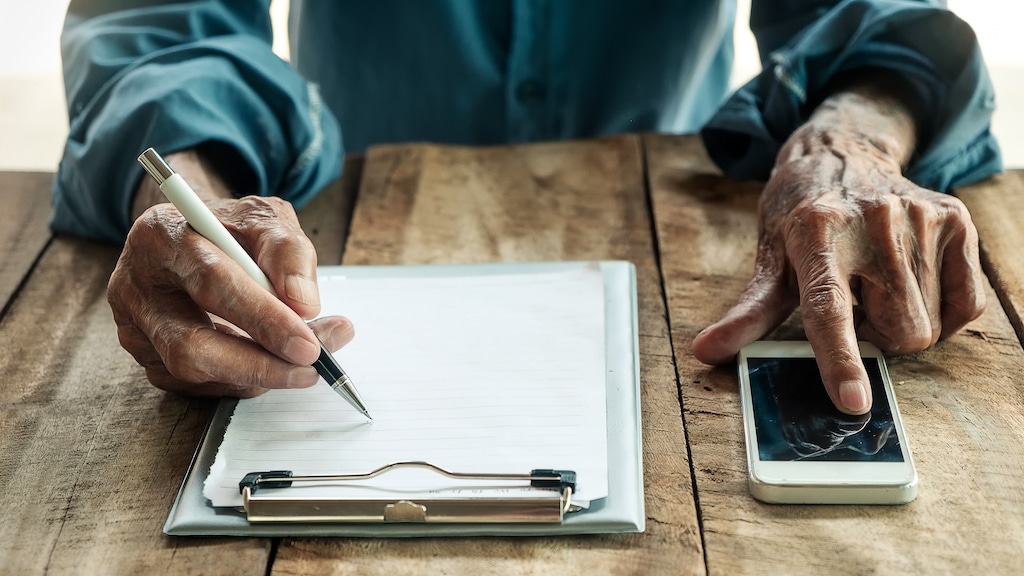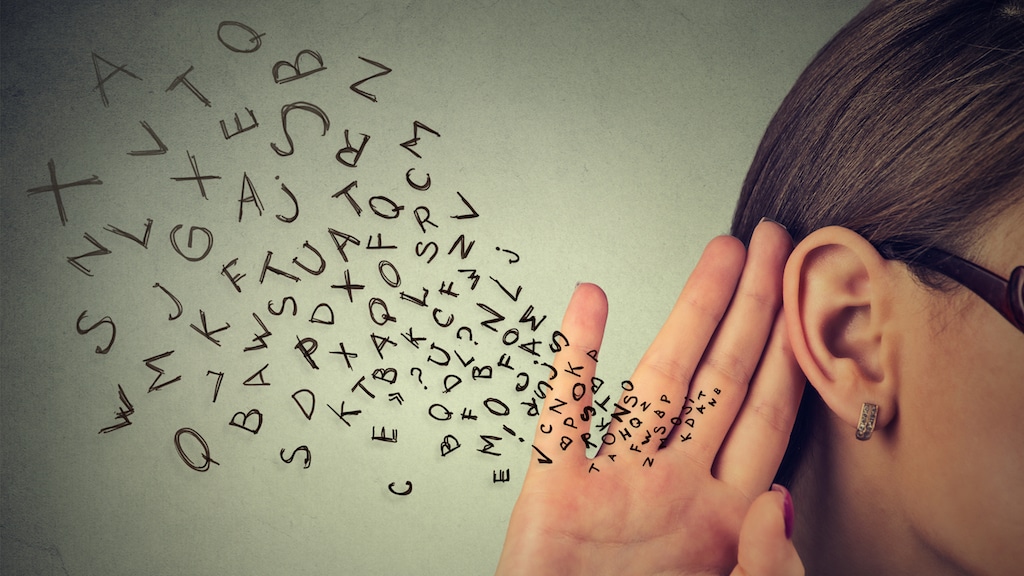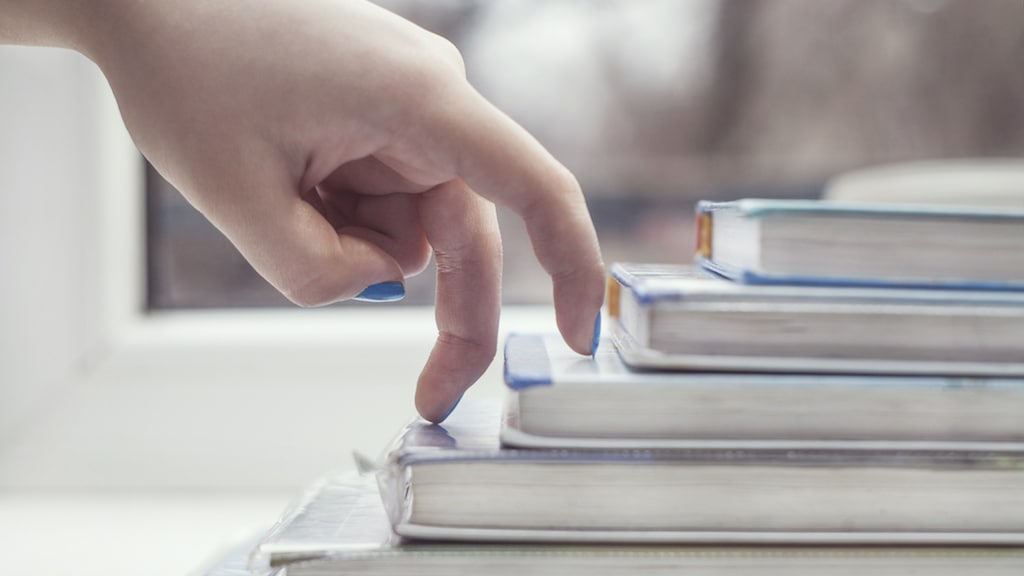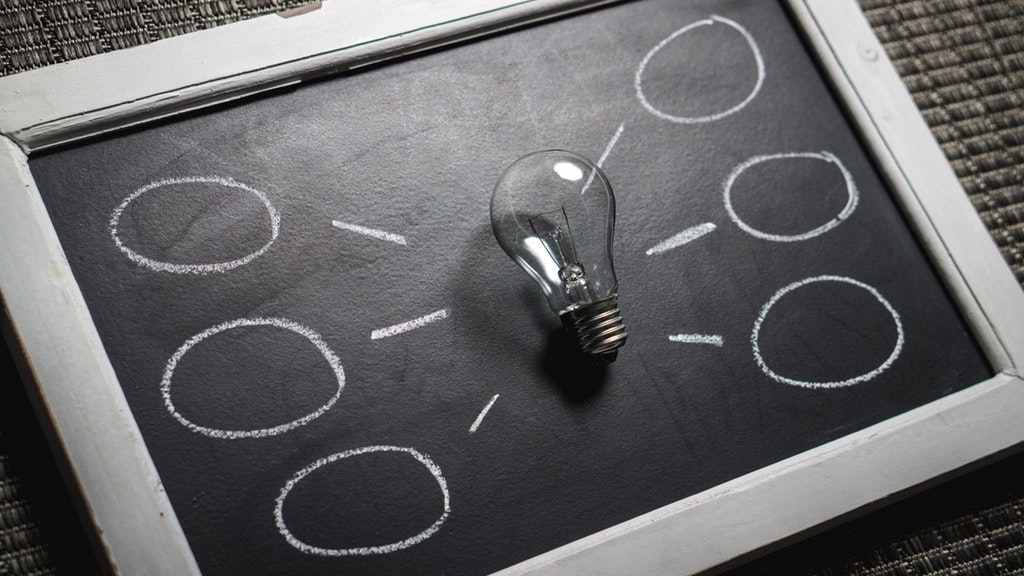How To:
Spaced Retrieval Training for Memory
8 min read
When a loved one or patient has a memory impairment from dementia or a brain injury, they forget important information. It can seem futile to remind them – they’ll only forget again. Surely teaching them something new is a waste of time. Or is it?

The Problem: Memory
Memory is not a single system, so it’s important to evaluate which types of memory are most impaired. By using a relatively spared type of memory to access the weaker type of memory, we can effectively teach new strategies using a “back door” of sorts. Of course it will depend on the nature and severity of the memory impairment, as well as the type of information, but effective rehabilitation may be possible.
A memory is simply a pattern of information in the brain that is stored and retrieved. Long-term memory is often described as declarative or non-declarative:
- Declarative memory refers to explicit memories that can be consciously recalled, such as facts (semantic memory), and personal events (episodic memory).
- Non-declarative memory (also called procedural memory) is the type of implicit memory that enables us to carry out commonly learned tasks without consciously thinking about them. It is our “how to” knowledge, like how to ride a bike, tie a shoe, or wash dishes.
Since procedural memory is found to be less impaired in people with dementia and becomes impaired much later in the disease process, it can serve as the basis for successful therapy.
The Treatment: Spaced Retrieval (SR)
Spaced retrieval (SR) is an evidence-based memory technique that uses procedural memory to help people recall information over progressively longer intervals of time. Anyone can use this technique, but it has been proven especially effective in helping people with Alzheimer’s disease, Parkinson’s disease, traumatic brain injury, and aphasia. It can be done anywhere with simple tools by anyone familiar with the procedure, but it is not meant to be done alone by the person with the memory impairment.
Choosing Memory Targets
Spaced retrieval can help people with cognitive deficits learn to retain important information by cementing the information in the procedural memory system. Possible treatment targets include the use of compensatory strategies for swallowing, safe transfer techniques, the names of caregivers, and the use of memory aids (e.g. schedules and calendars). Achievement of these goals can promote independence and reduce anxiety, as well as improve interactions between the client and clinician or caregiver.
It’s important to choose memory targets that are personal, functional, and perhaps most importantly, won’t change. Imagine taking the time to teach someone that bowling night is Tuesday, only to have bowling night change to Wednesday! Start with one or two targets to see how the person responds to the treatment.

Keep in mind that familiar information is easier to train than new information. If the person has a degenerative memory impairment, such as dementia, the technique will be less effective as the disease progresses. This technique is not meant to strengthen memory in general, but the facts or procedures learned in therapy can generalize to everyday use in other settings.
How To Do Spaced Retrieval Training
In between asking the questions, fill the intervals with other therapy activities or conversation – though it’s best to choose activities or topics that have little to do with the memory target.
Download this How To guide now!
Get your free PDF guide on to do spaced retrieval therapy.
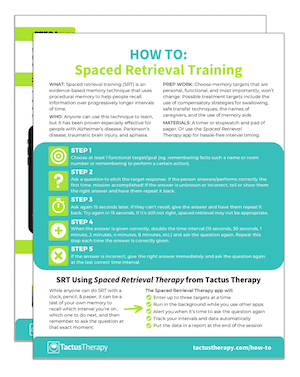
In addition to receiving your free download, you will also be added to our mailing list. You can unsubscribe at any time. Please make sure you read our Privacy Policy and Terms & Conditions.
SR using the Spaced Retrieval Therapy App
While anyone can do SR with a clock and a pad of paper, it can be a test of your own memory to recall which interval you’re on, which one to do next, and then remember to ask the question at that exact moment.
The Spaced Retrieval Therapy app lets you enter up to three targets at a time. It runs in the background while you use other apps, alerting you when it’s time to ask the question again. The app tracks your intervals and data automatically, putting it in a professional report you can email to yourself at the end of the session.
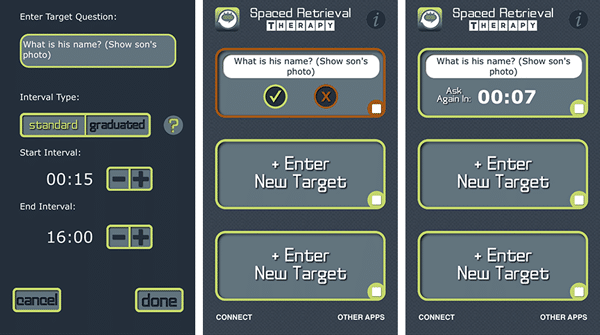
Spaced Retrieval Therapy
Make memory training easy using evidence-based expanding intervals with built-in data tracking & timing.
Examples of Spaced Retrieval Training
Example 1: Repetitive Questioning
A client attending adult day care asks repetitively, “When is my wife coming to take me home?” The clinician can use SR to build on his retained procedural memory to find the answer to his question independently. The clinician may print “Your wife is picking you up at 3 P.M.” on an index card and have him learn through SR to pull this card out of his pocket and read it when he wants to know when his wife is coming.
First, the clinician may develop a prompt question and target response, such as the following:
SLP: “What should you do when you want to know what time your wife is coming?”
Client: “Pull out my card and read it.”
The clinician then has the client repeatedly practice giving this verbal response, performing the motor activity of pulling the card out of his pocket, and then reading it.
Learning through procedural memory is often unconscious and automatic. After successful SR, when this client wants to know when his wife is coming, he will reach unconsciously and automatically for his card and read his answer – the details of which may change. However, because of his impaired declarative memory, he may not consciously recall when, how, or with whom he learned to do this.
SR can be used similarly in a variety of situations such as:
- Prompt Question: What am I doing today?
Target Response: Check your written schedule. - Prompt Question: How do I use my walker?
Target Response: Check your instruction card.
Example 2: Use of Safe Swallowing Strategies
SR has also been used successfully for individuals with memory impairments who have dysphagia (swallowing disorders), as an effective way of having them recall their safety strategies.
If the SLP is teaching a client to use a head turn during the swallow, the session using SR may flow like this:
SLP: “Today we are going to practice remembering to turn your head while you swallow water. Tell me and show me what you should do when you swallow.”
Client: “I turn my head.”
SLP: “That’s right. Now practice turning your head and swallow this water.”[Client turns head and swallows.]
SLP: “That’s right. When we practice remembering what you do when you swallow, please tell me ‘I turn my head’ and then practice turning your head while you swallow this water.”[30 seconds elapse.]
SLP: “What should you do when you swallow?”
Client: “I turn my head.” [Client turns head while swallowing water that is in front of him.]
[One minute elapses.]
SLP: “What should you do when you swallow?”
Client: “I turn my head.” [Client turns head while swallowing water that is in front of him.]
[Two minutes elapse.]
SLP: “What should you do when you swallow?”
Client: “I take a sip.”SLP: “When you swallow you should turn your head. Please show me how you turn your head when you swallow this water. Thank you. What should you do when you swallow?”
Client: “I turn my head.” [Client turns head while swallowing water that is in front of him.]
[One minute elapses. The SLP asks again and then if the client is correct, the intervals gradually expand by doubling the amount of time in between the practices.]
SR can be used similarly in clinical practice to teach clients to drink a glass of water when it is put in front of them, learn meal times, use a piece of adaptive equipment correctly, use a chin tuck etc. The important point to remember in SR is that the client must verbalize the target information as well as practice the target behavior.
Tips for Success with Spaced Retrieval
- Teach the clients information that is concrete, functional, and meaningful to them.
- Ensure that the client can execute a strategy before starting SR. For example, if you want a client to use an external aid as a card to remember to take a sip of liquid after taking a bite of solid food, first check to make sure he/she actually can take bites and sips and can read. SR can compensate for memory deficits, but not physical impairments or more complex cognitive deficits.
- Training on one SR goal should not interfere with training on other goals. For example, Goal #1 might be recalling the name of a staff member, and Goal #2 might be tucking the chin before swallowing. The therapist and client may work on more than one goal at a time, as long as the goals are distinct enough that the client should be able to avoid confusing the responses.
- During spaced retrieval, make sure that the client understands the response/strategy being targeted. Take time during the initial spaced retrieval therapy session to review the prompt question and response with the client. The clinician should take time to educate the client about the goal and why it is being targeted in order to support the client’s motivation for learning it.
- Remember: Spaced retrieval does not cure dementia or memory impairments. It cannot prevent loss of neurons or prevent the progression of disease. However, spaced retrieval can enable many people with memory impairments to maximize their independence and reach important therapeutic goals.
The success of spaced retrieval depends on many factors, including selection of appropriate goals, empathy, attitude, clinical skills of the SLP, and appropriate application of SR protocol. It is our hope that clinicians and caregivers will begin to think differently about the potential of people with dementia and memory impairments to learn new information, and will use spaced retrieval training successfully to improve the quality of life of their clients and loved ones.
Resources for Spaced Retrieval
Here are some great resources for those who want to learn more about spaced retrieval:
- ANCDS Evidence-Based Practice Recommendations for Working with Individuals with Dementia: Spaced-Retrieval Training
- Using Spaced Retrieval to Effectively Treat Dysphagia in Clients With Dementia from ASHA SIG 13 Perspectives
- Stepping Up to the Plate – an ASHA Leader article about dysphagia with detailed SR examples
As always, there are many academic references for the evidence-based design of each Tactus Therapy app. Look for the journal citations and links on the Evidence page.
Get the 2-page guide now

In addition to receiving your free download, you will also be added to our mailing list. You can unsubscribe at any time. Please make sure you read our Privacy Policy and Terms & Conditions.


